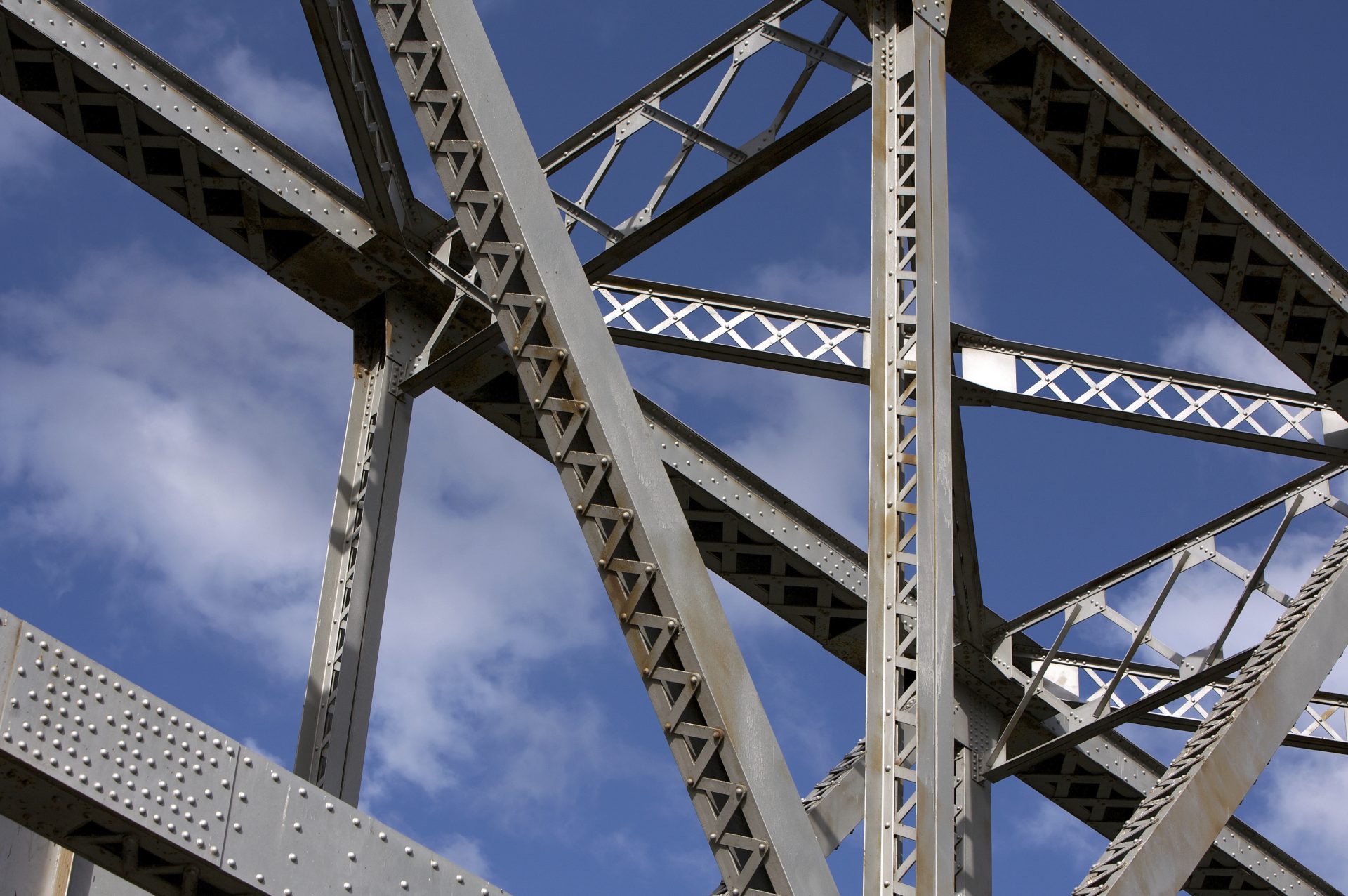Policy guidance revitalizes the metal industry
Metals are the “skeleton” of the industrial economy, while low carbon is the “foundation” for high-quality industrial development. Recently, the Ministry of Industry and Information Technology and other departments have issued a series of policies to promote the green transformation of the steel, non-ferrous metals, and other metal industries, injecting low-carbon momentum into all aspects from resource utilization to production processes. The industry is undergoing a dual transformation of “carbon reduction” and “efficiency improvement.”
Precise policies set the tone for transformation. The “Work Plan for Stabilizing Growth in the Non-ferrous Metals Industry (2025-2026),” jointly issued by eight departments, clearly states that green and low-carbon development is one of the core goals of the industry, aiming to push the output of recycled metals to exceed 20 million tons. The “Action Plan for Green and Low-Carbon Development in Manufacturing (2025-2027)” further refines the indicators, requiring that the proportion of recycled copper and aluminum waste be increased to 30% and 25% respectively by 2027. This series of policies constructs a dual-drive system of “resource recycling + technological innovation,” drawing a clear roadmap for the low-carbon development of the metal industry.
Resource recycling has become the main battleground for carbon reduction. my country faces challenges in resource endowment for bulk metals like copper and aluminum, yet recycling can significantly reduce carbon emissions—the energy consumption for recycling waste aluminum is only 5%-8% of that for primary aluminum, and greenhouse gas emissions are as low as around 5%. Enterprises are responding proactively with these initiatives. Jiangxi Copper Corporation is advancing a 10-million-ton-level waste rock photoelectric sorting project, ensuring that low-grade ore is completely recycled; Chinalco is improving its recycled non-ferrous metals industry system and continuously enhancing its comprehensive utilization capabilities. With the implementation of the trade-in policy, the accumulated amount of waste metals in society is being released, and “recycling to replace primary metals” has become an industry consensus.
Technological innovation and energy substitution are laying a solid foundation for carbon reduction. In the smelting process, enterprises are accelerating the elimination of inefficient equipment and promoting green equipment such as new stable-flow, heat-insulating aluminum electrolytic cells and continuous copper matte blowing. China Copper has achieved its best-ever recovery rate for copper, zinc, and associated metals through technological breakthroughs; the steel industry is piloting near-zero carbon processes such as green hydrogen metallurgy and electric arc furnace steelmaking to reduce carbon emissions at the source. Energy structure optimization is progressing in tandem. China Copper is deploying photovoltaic projects in Yunnan and Inner Mongolia, while Jiangxi Copper Group is promoting the construction of “lighthouse factories,” achieving energy conservation and emission reduction through the dual empowerment of clean energy and digital technology.
High-end transformation is injecting new momentum into low-carbon development. Policies explicitly support research into ultra-high purity metals and high-performance structural materials, driving the extension of metal products into new energy and new materials fields. Focusing on the needs of industries such as new energy vehicles and energy storage, enterprises are increasing R&D in low-carbon metal materials, both enhancing product added value and reducing the carbon footprint of downstream industries through precise supply. China Copper has built a green and low-carbon public service platform, achieving full coverage of product carbon footprint certification and providing support for collaborative carbon reduction across the industrial chain.
From policy guidance to corporate practice, the low-carbon transformation of the metal industry has moved from single-point breakthroughs to systemic change. Improved resource recycling rates, widespread application of green processes, and deep integration of digital technologies are jointly driving the industry to achieve effective qualitative improvement while maintaining stable growth. In the future, with the enhanced resource security brought about by the breakthrough strategy in mineral exploration, and the further application of technologies such as artificial intelligence and hydrogen energy, the metal industry will truly achieve a coexistence of “green” and “excellent,” providing solid support for the low-carbon development of manufacturing and writing a new chapter in the coordinated development of industrial civilization and ecological protection.

